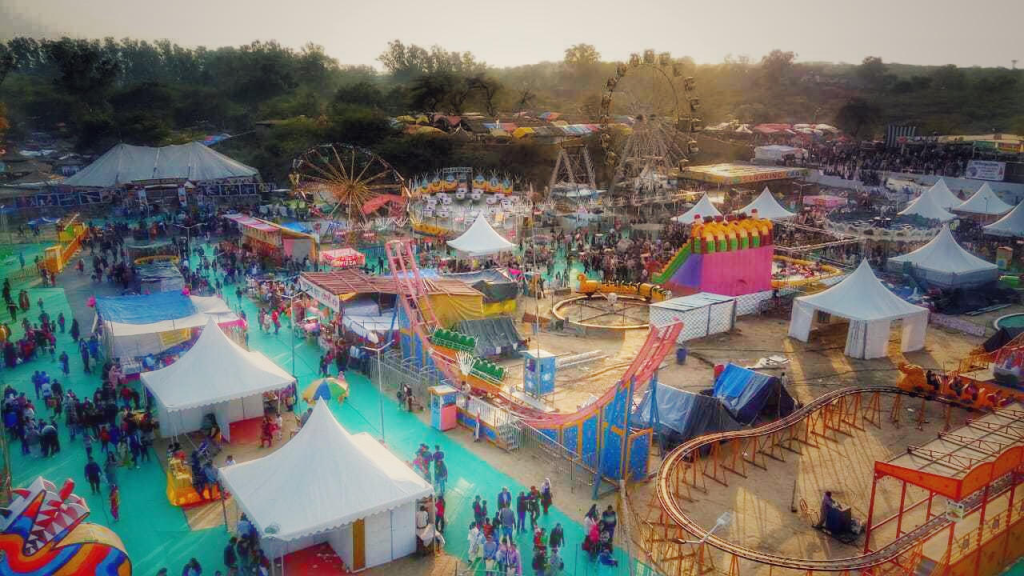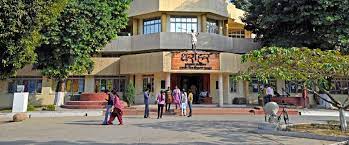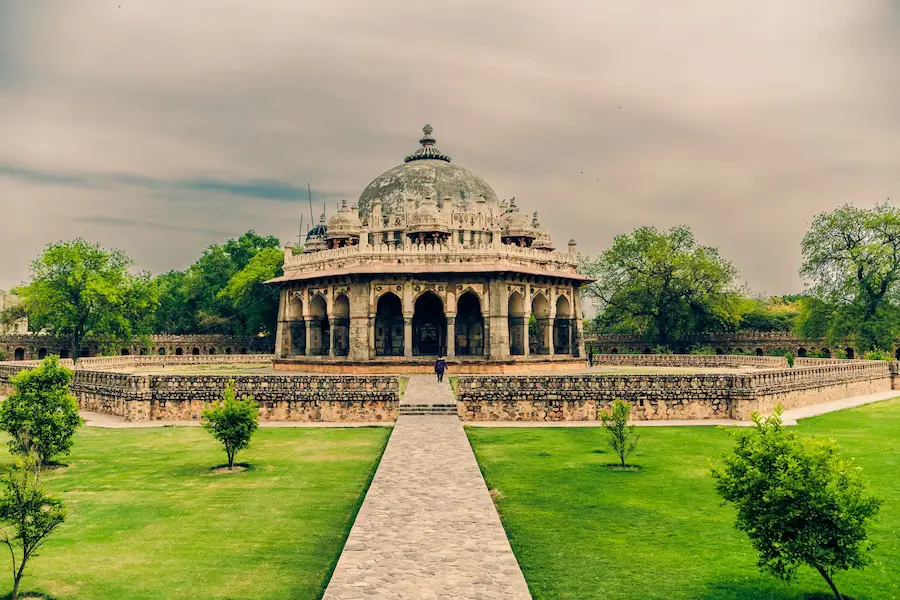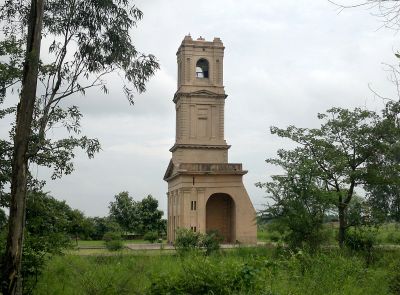Browse Items (23 total)
Sort by:
-
Lala Lajpat Rai
Lala Lajpat Rai (1865–1928) was a prominent leader in India’s struggle for independence. Known as the "Punjab Kesari" (Lion of Punjab), he played a vital role in advocating for self-rule and resisting British colonial policies.
Early Life and Education
Born in Dhudike, Punjab, he pursued legal studies before dedicating himself to the national movement.
Role in the Freedom Struggle
A key figure in the Lal-Bal-Pal trio alongside Bal Gangadhar Tilak and Bipin Chandra Pal, pushing for self-governance.
Led efforts in the Swadeshi Movement, encouraging local industries and boycotting foreign goods.
Played an active role in the Non-Cooperation Movement and opposed British rule through peaceful protests.
Led a demonstration against the Simon Commission in 1928 and suffered injuries from police brutality, which later led to his passing.
Contributions to Society
Helped establish Punjab National Bank to support indigenous businesses.
Founded the Servants of the People Society to promote education and social reforms.
Advocated for education, women’s empowerment, and the upliftment of marginalized communities.
Legacy
His resilience inspired future revolutionaries, and his sacrifice remains a crucial part of India's history. His contributions are remembered every year on Martyr’s Day (November 17th).
-
Rai Bahadur Lala Murlidhar
Rai Bahadur Lala Murlidhar, known as the "Grand Old Man of Punjab," was a key figure in India's independence movement and among the founding members of the Indian National Congress. Born in 1850 in Ambala, Haryana, into an Aggarwal family, he settled there permanently in 1872.
A lawyer by profession, he was honored with the title of "Rai Bahadur" by the British government in recognition of his services. In 1885, he was the only representative from Punjab to attend the first session of the Indian National Congress in Bombay. The following year, he helped establish a Congress branch in Ambala, playing a crucial role in advancing the nationalist movement in the region.
After the Jallianwala Bagh massacre on April 13, 1919, Lala Murlidhar gave up his British-conferred titles, including "Rai Sahib" and "Kaiser-i-Hind," in protest against colonial rule. He passed away in 1924, leaving behind a lasting legacy in India's struggle for freedom.
-
Kaku Rana Mewati
Kaku Rana, also known as Kaku Rana Balot Meo, was a notable leader of the Meo community in the Mewat region during the 13th century. He is recognized for organizing the Meos into a structured system consisting of three main lineages (vansh), thirteen subdivisions (pals), and fifty-two clans (gotras), a framework that remains significant in the community’s social structure.
During the reign of Sultan Ghiyas-ud-din Balban (1266–1287), Mewat witnessed multiple military campaigns aimed at subduing the Meo population. Kaku Rana played a key role in leading the resistance against these invasions. Establishing his stronghold at Garhdhamna, near Mehrauli, he led the Meos in their efforts to defend their land. However, despite their resistance, the Meos suffered significant defeats, prompting Balban to set up police posts and forts to tighten his control over the region.










